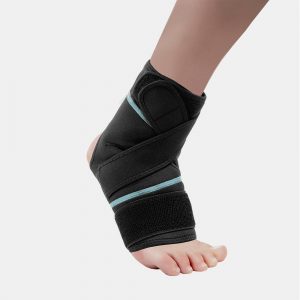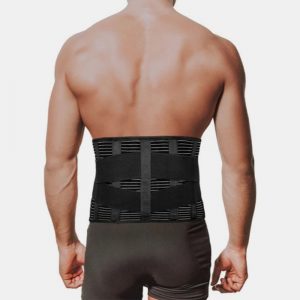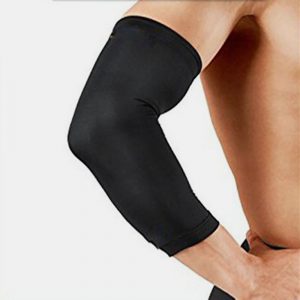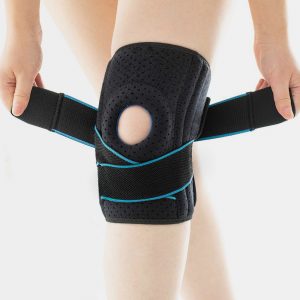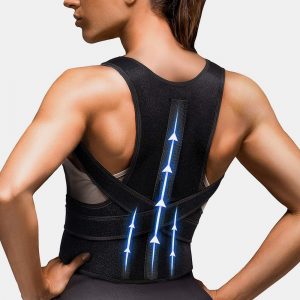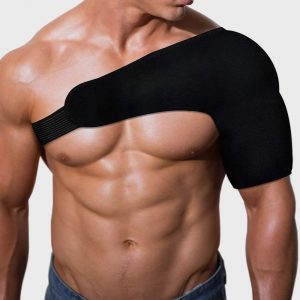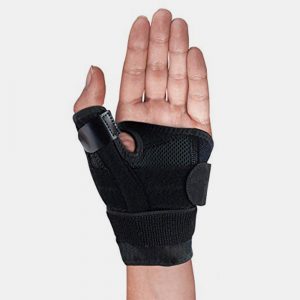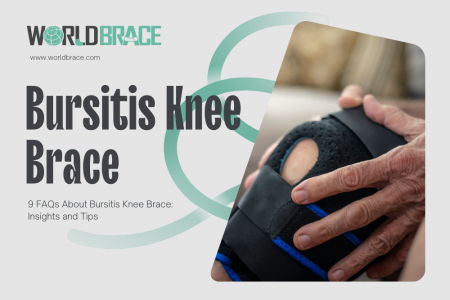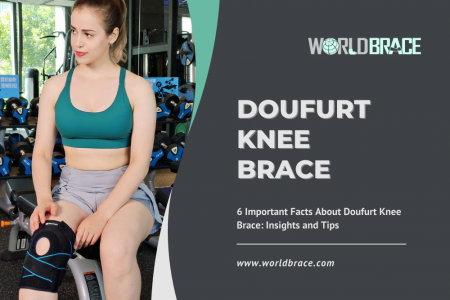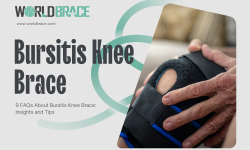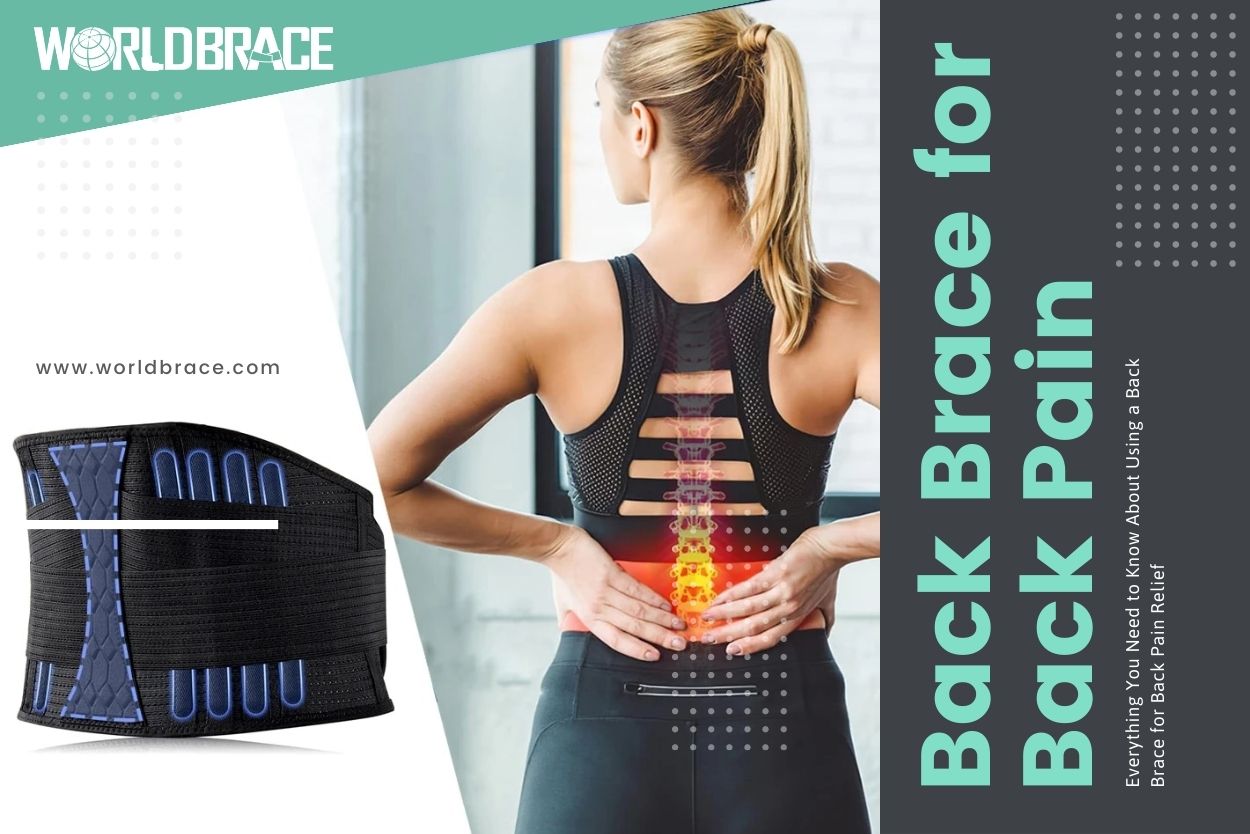
What is Back Pain?
Back pain is a common problem affecting millions of people worldwide. It is defined as pain or discomfort felt in the back or spine region and can range from mild to severe. Poor posture, muscle strain or injury, spinal abnormalities, and degenerative conditions like arthritis can cause pain. Back pain symptoms may vary from person to person, but they usually include stiffness, soreness, and aching sensations in the back. Sometimes, back pain can also be accompanied by numbness or tingling sensations in the legs or arms, depending on the location of the affected nerves.
Types of Back Braces for Back Pain
Here are some of the most common types of back braces:
- Corset-style back braces: These are designed to support the lower back and abdominal muscles. They are typically elastic and can be adjusted to fit the wearer’s body.
- Rigid braces: These are made of hard plastic or metal and are designed to restrict movement in the spine. They are often used to treat spinal fractures or after spinal surgery.
- Flexible braces: These are made of soft materials such as neoprene and are designed to provide support and compression while allowing for some movement in the spine.
- Posture braces: These are designed to help improve posture and prevent slouching, which can lead to back pain over time.
- Occupational braces: These are designed for specific occupations that may require heavy lifting or prolonged periods of standing or sitting.
How to Choose the Right Back Brace for Back Pain
Choosing the right back brace for back pain can be overwhelming, especially with the variety of available options. Here are some important factors to consider when selecting a back brace:
- Type of back pain: The type and severity of back pain you are experiencing will determine the type of brace you need. For example, if you have upper back pain, a posture corrector may be more suitable than a lumbar brace.
- Level of support: Back braces come in different levels of support, ranging from light to heavy. The level of support required will depend on the severity of your back pain and the extent of support needed for your specific condition.
- Size and fit: A properly fitting back brace is essential for maximum pain relief and support. Measure your waist or chest (depending on the type of brace you need) and refer to the manufacturer’s sizing chart before purchasing.
- Material and comfort: Look for a brace made from breathable and comfortable materials that won’t irritate your skin or cause discomfort. Some braces have adjustable straps or removable pads for added comfort.
- Doctor’s recommendation: It is always advisable to consult with your doctor or physical therapist before purchasing a back brace. They can recommend the right type of brace for your specific condition and advise you on how to use it properly.
Tips for Wearing a Back Brace for Back Pain
Properly wearing and adjusting a back brace is crucial to getting the most out of its pain-relieving benefits. Here are some practical tips to follow:
- Choose the right size: Ensure you select a brace that fits you correctly. A properly fitting back brace should be snug but not too tight, allowing you to move around comfortably.
- Adjust the straps: Most back braces come with adjustable straps, which you should use to customize the fit. Start by tightening the straps around your waist, and then adjust the shoulder straps for added support.
- Wear it over a thin layer: Wearing a back brace directly against your skin can cause discomfort and irritation. It’s best to wear a thin layer of clothing underneath, such as a t-shirt or compression shirt.
- Use it when needed: While a back brace can provide relief, it’s important not to rely on it too heavily. Use it when experiencing pain or discomfort, but don’t wear it constantly.
Combining Back Brace Use with Other Pain Management Strategies
Using a back brace with other pain management techniques can improve back pain. Physical therapy can help improve posture and strengthen muscles in the back, reducing the strain on the spine. Medications like over-the-counter pain relievers or prescription muscle relaxants can also relieve back pain. When using a back brace, it’s important to follow the instructions provided by the manufacturer and consult with a healthcare professional if you have any concerns about combining a brace with other pain management strategies. Combining these techniques can create a comprehensive approach to managing back pain and improving your overall quality of life.
Conclusion:
In conclusion, a back brace can be an effective tool for managing back pain. Still, using it in conjunction with other pain management strategies, such as physical therapy and medication, is important. It is also important to choose the right type of back brace for your specific condition and to use it correctly to avoid any potential side effects or complications. With the help of a healthcare professional and the proper use of a back brace, individuals with back pain can find relief and improve their quality of life. For high-quality back braces, consider purchasing from a reputable manufacturer or supplier like WorldBrace.
Get relief from back pain with world-class back braces from WorldBrace – the leading manufacturer and supplier of quality back braces in China. Buy wholesale and save big!

